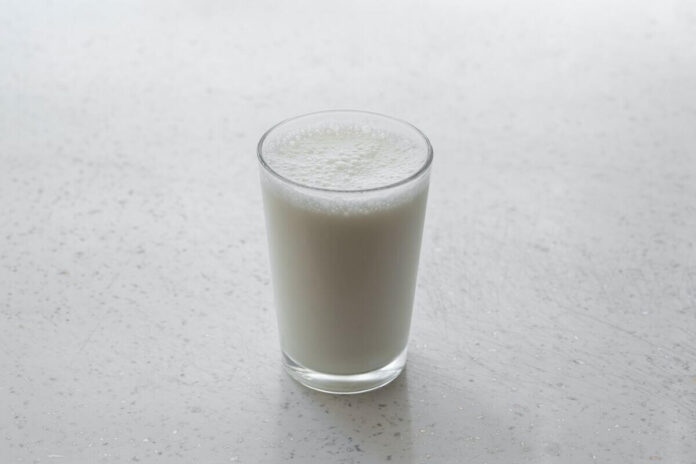IIT Madras and IISER have come up with a technique to detect starch adulteration in milk.
What’s it about? Adulteration in milk continues to be a problem for many consumers. Researchers at IIT Madras and the Indian Institute of Science Education and Research (IISER) Bhopal have jointly developed a method to detect adulteration using a drop and evaporation technique.
- It involves analysing a ‘sessile drop’ of milk under a portable microscope. The existing method is an iodine test which is limited. This new technique can detect starch adulteration up to 0.005% weight by volume of starch.
- The drop of milk under the microscope is allowed to evaporate. Then the width and height of the deposit are measured to determine the amount of starch adulteration.
Who said what? Madivala G Basavaraj from IIT Madras said starch is one of the cheapest available forms of adulteration and can be dangerous in large concentrations. Padma Ishwarya S, also from IIT Madras, said milk suppliers might use unethical techniques and adulterate milk to keep up with the high demand and get a big profit.

